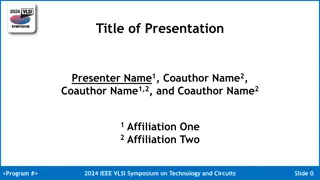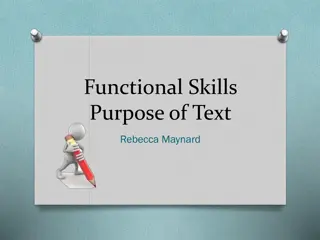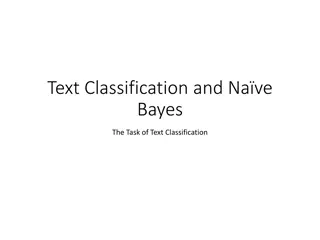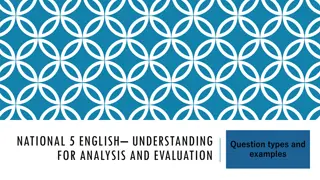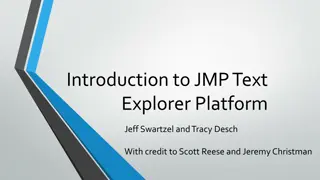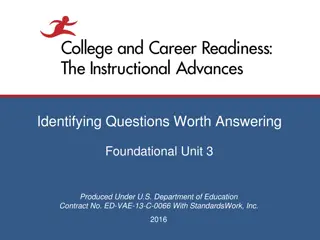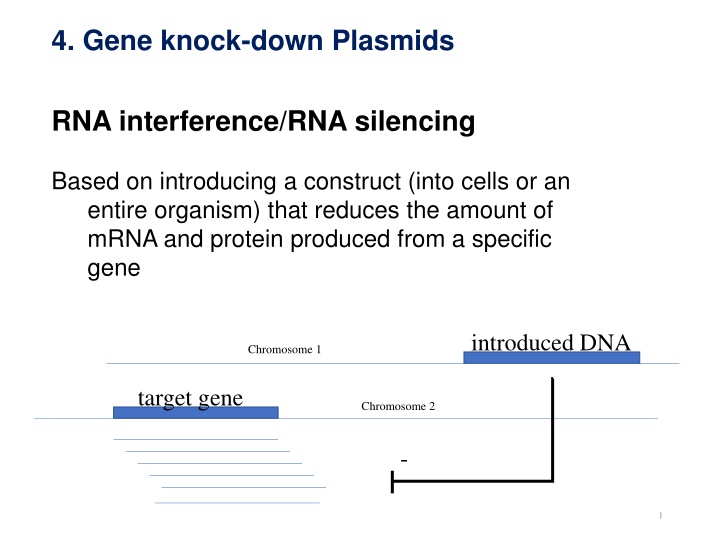
RNA Interference and Plasmid-Based Gene Knock-Down
Explore the world of RNA interference (RNAi) and plasmid-based gene knock-down techniques used to regulate gene expression. Learn how synthetic dsRNA and plasmids are employed for transient down-regulation of target genes, and discover the process of generating plasmids for RNAi. Delve into the application of RNAi for stable integration into chromosomal DNA, providing a mechanism for permanent and inheritable gene regulation.
Download Presentation

Please find below an Image/Link to download the presentation.
The content on the website is provided AS IS for your information and personal use only. It may not be sold, licensed, or shared on other websites without obtaining consent from the author. If you encounter any issues during the download, it is possible that the publisher has removed the file from their server.
You are allowed to download the files provided on this website for personal or commercial use, subject to the condition that they are used lawfully. All files are the property of their respective owners.
The content on the website is provided AS IS for your information and personal use only. It may not be sold, licensed, or shared on other websites without obtaining consent from the author.
E N D
Presentation Transcript
4. Gene knock-down Plasmids RNA interference/RNA silencing Based on introducing a construct (into cells or an entire organism) that reduces the amount of mRNA and protein produced from a specific gene introduced DNA Chromosome 1 target gene Chromosome 2 - 1
RNA interference (RNAi) is an integral part of gene regulation in many organisms Simplified model for how it works 1. Double-stranded RNA is recognized by dicer. 2. Dicer digests dsRNA into short interfering RNAs (siRNAs, 21-24 bp long). 3. An endonuclease complex, RNAi silencing complex (RISC), is guided by antisense strand of the siRNA to bind and cleave specific mRNA or inhibit translation. 4. Post-transcriptional inactivation of target gene function http://www.nature.com/focus/rnai/animations/index.html 2
RNA interference Natural mechanism to regulate gene expression Cells produce micro RNAs and small interfering RNAs to inhibit activity of native and foreign genes (i.e. RNA viruses). Mechanism can be used to reduce (or maybe eliminate) the gene product of a selected gene by production of double-stranded RNA of gene of interest 3
RNA interference can be used for transient down-regulation of target gene and scoring of phenotype 1. delivery of synthetic dsRNA RNA is broken down hours to a day 2. Delivery of plasmid that does not replicate or integrate in chromosomal DNA. Plasmid transcribes dsRNA but is broken down in hours to a day 4
To generate a plasmid for RNAi, part of the transcribed region of target gene is cloned twice and in opposite directions Transcription of this region results in an RNA that folds into double-stranded hairpin RNA Part of plasmid The cloned regions can be short, enough to produce a single siRNA, Alternatively, part or complete cDNAs can be cloned, resulting in dsRNAs that are cut into many siRNAs 5
Some plasmids are designed for stable integration into chromosomal DNA resulting in permanent and inheritable RNAi This plasmid is used for Agrobacterium-based transformation of plant cells. The DNA between left border (LB) and right border (RB) is integrated into chromosomal DNA Terminator Double recombination sites in opposite directions for insertion of cDNA in opposite directions (will talk about recombination-based cloning in later class) Viral promoter that provides Strong, constitutive expression http://gateway.psb.ugent.be/ 6
Another approach One insert, a promoter to each side, so that transcription occurs in both directions at once One insert promoter promoter 7
Examples RNA interference/silencing phenotypes From developmental biology One has two tails and the other has two heads 8



